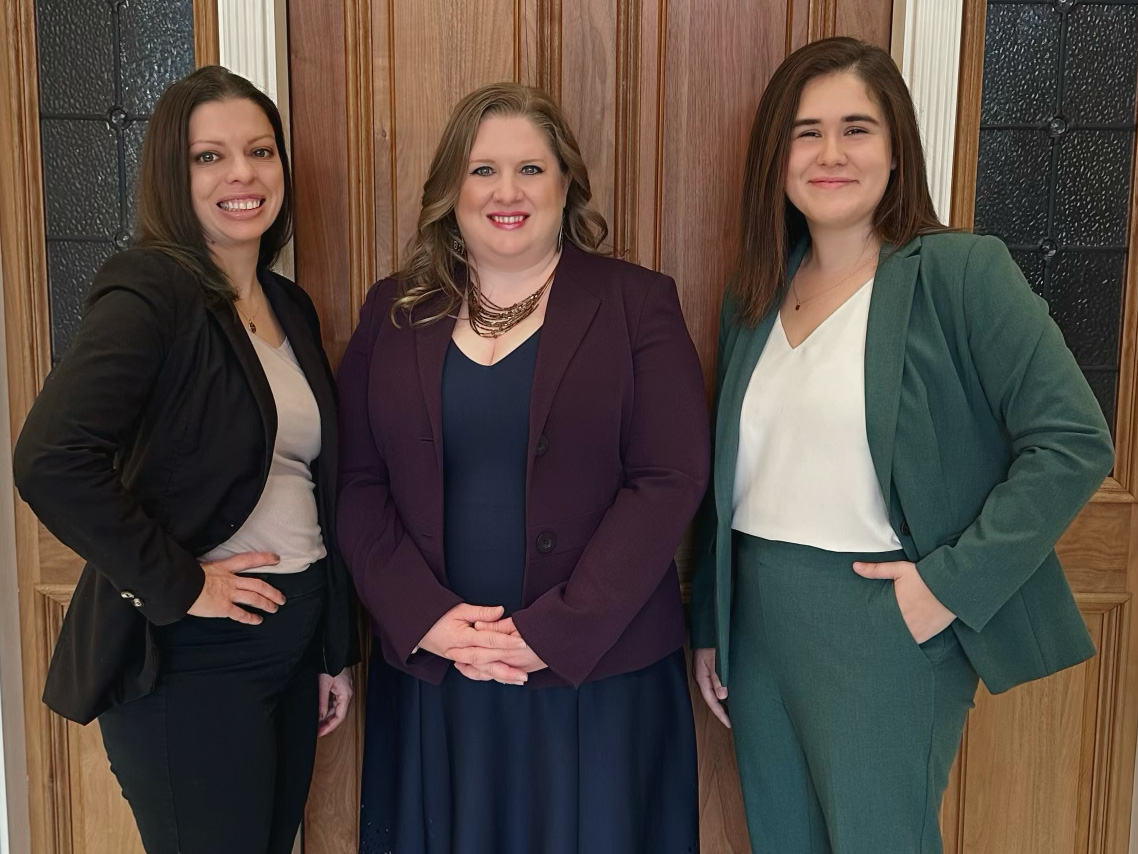Prisons are impersonal places that can easily rob individuals convicted of felonies or misdemeanors of their sense of identity and worth. While staying connected with your loved one in jail or prison can be difficult and emotionally exhausting, it can have a significant impact on their lives. People in correctional facilities are isolated from their friends and family, so maintaining contact with them is critical to their well-being.
Staying connected improves an inmate’s life and may even help reduce recidivism since it encourages the prisoner to remain aware of the outside world while regaining a sense of normalcy. Without this connection and support, inmates may easily get lost in the prison culture.
Even though reaching out may be difficult, keeping the lines of communication open can be very beneficial. Continue reading to explore four ways you can stay in touch with your loved one in prison.
1. Write a Letter
Writing a letter is a time-honored and meaningful way to stay in touch with an incarcerated loved one. Written messages serve as a tangible reminder of family, friends, and the outside world.
To maintain a strong relationship, add family news and fun details from your life in your letter. Share pleasant memories, send jokes or anecdotes, discuss common interests, and offer words of comfort and encouragement.
Do not send encrypted messages, talk about crimes, mention prohibited substances, or describe escape plan ideas. Keep in mind that whatever you write will be read by a third party, so only write about topics you are comfortable sharing with others.
Moreover, it may take a few days before your inmate receives your letter because correctional officers typically sort and inspect the mail before distributing it. It is also vital to call the facility ahead of time to ask about their rules and regulations before writing and sending your letter.
While each prison or jail is unique and rules may vary, a general guideline is to write the following details on the envelope when addressing a letter to an inmate:
Inmate’s full name
Inmate’s ID or booking number
Correctional facility’s complete physical address
Sender’s address
2. Send Pictures
Aside from letters, photos are tangible gifts that someone behind bars will treasure. Pictures of family and friends remind inmates that their loved ones are more important than any of the challenges they face in prison. These physical reminders can give them a purpose and motivate them to stay out of trouble and work on the issues that landed them in prison in the first place.
Most correctional facilities let prisoners keep and display pictures in their cells. A family photograph can brighten the gray walls and encourage prisoners to behave better as they look forward to freedom and spending days with their loved ones.
While inmate mailing rules regarding photos vary in each correctional facility, the following guidelines outline the types of pictures you can or cannot send to prison:
Allowed
Photos of family, friends, and pets
Photos not exceeding 4×6 inches
Five to ten photos per envelope
Not Allowed
Photos containing nudity or sexually provocative content
Photos depicting illicit substances, alcohol, weapons, violence, or other unlawful conduct
Photos depicting hand gestures, tattoos, or logos
Photos with maps, blueprints, or anything that may help an inmate escape
Polaroids, laminated photos, or sticker pictures
3. Speak on the Phone
Phone conversations are a vital lifeline for detainees and their families. They are a quick and easy way to stay in touch and keep inmates updated on what is happening with their families and friends. This is especially true if your loved one has been relocated to a correctional facility that is too far for frequent in-person visits.
Most detainees cannot receive incoming calls, but you may arrange to have your loved one contact you by providing your name and phone number. Typically, inmates are permitted to call a short list of individuals. Remember that if you miss their call, you cannot contact them back, so try to schedule a time when you’re both free.
While inmate phone calls are a good option, it is important to remember that they can get very expensive, with rates reaching up to a dollar per minute. Moreover, all phone calls are monitored and recorded, and law enforcement may use any phone recording as evidence in a criminal case. Only calls to a legal advisor are exempt from this rule.
4. Visit in Person
Visits are a primary form of social support for inmates, often offering a much-needed boost of spirits. These visits help families, particularly children, comprehend what their loved one is going through in prison. They give inmates valuable moments to maintain their role as husband, wife, father, mother, son, or daughter—saving the family from growing apart while they are in prison.
Be familiar with the facility’s visitation guidelines before visiting your incarcerated loved one. As a general rule, bring as little as possible because you cannot bring anything inside the prison with you. You will have to leave any essential items—like medication, mobile phones, and keys—at the front desk or in available lockers.
Dress appropriately—do not wear loose, revealing, or provocative clothes or anything resembling prison garb. Check that you are not wearing any jewelry or other items that may be mistaken for a weapon. Lastly, while handshakes, brief hugs, and holding hands above the table are usually allowed during contact visits, the prison may have a no-touch policy.
Conclusion
Staying in touch with a loved one in prison is incredibly vital and beneficial to everyone involved. Letters, phone calls, visits, and other forms of contact and connection between inmates and their families positively impact everyone, leading to better well-being and reduced recidivism.
When facing serious charges or time in prison, you need to hire a criminal defense lawyer to represent you in court. Granados Law Group, PLLC is a team of experienced lawyers committed to helping their clients avoid the dire consequences of criminal prosecutions. Contact us at 919-650-2851 for a free consultation, today.
